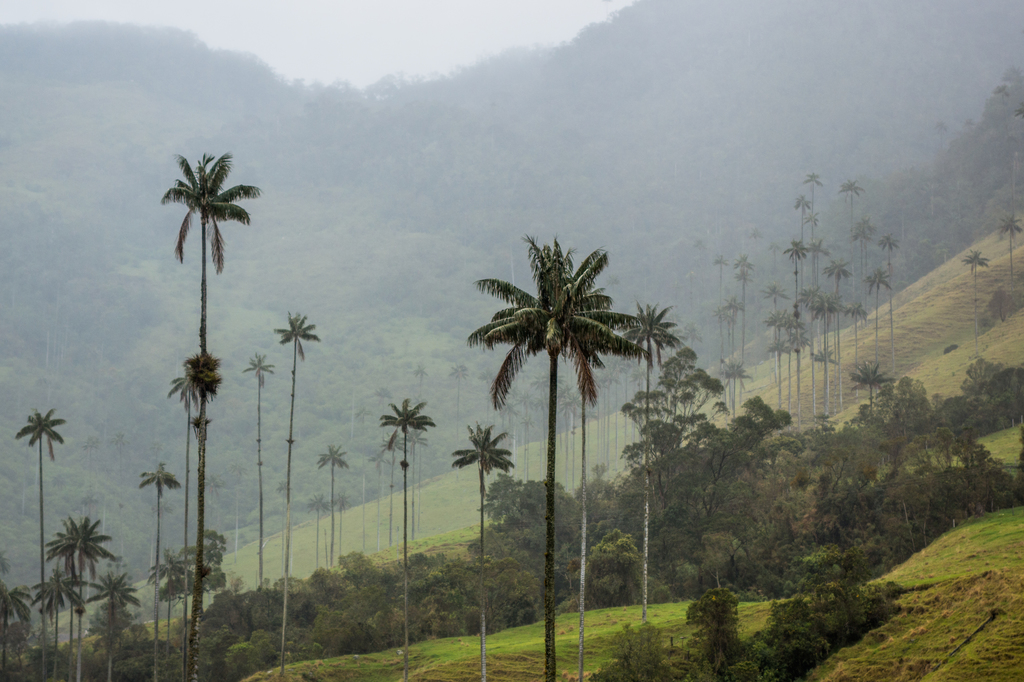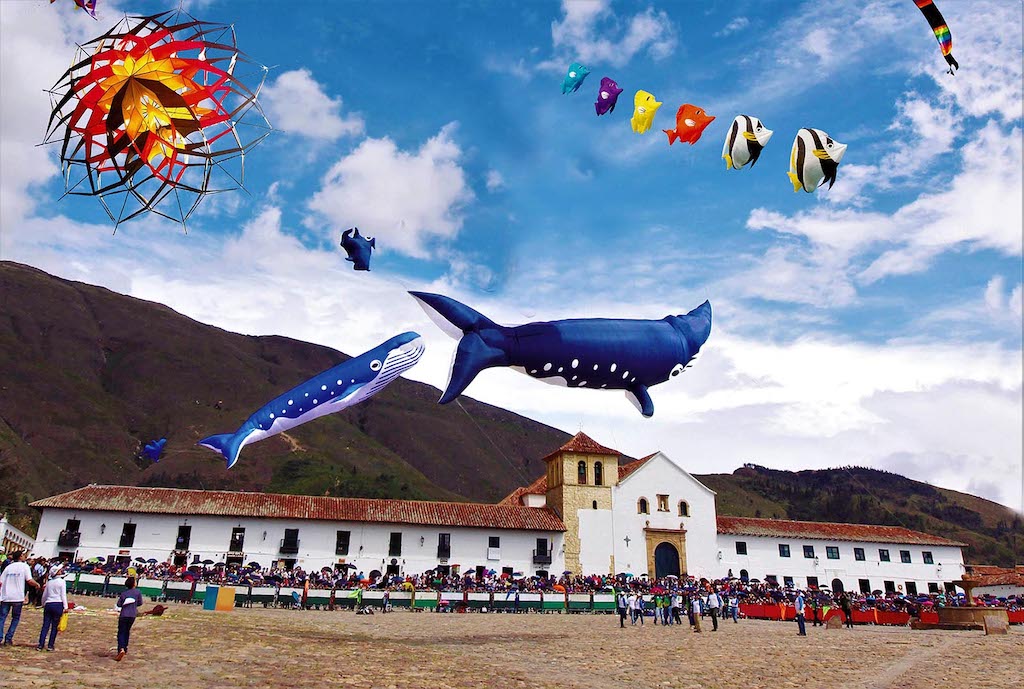A massive earthquake in the Himalayan country killed thousands. But as Ramesh Shrestha explains, there is hope emerging from beneath the rubble
Kathmandu, the capital of Nepal, was a Mecca for hippies in the 1960s and 70s, where smoking pot was as cheap as breathing air. It was the city to which Cat Stevens dedicated his famous lyrics, “I sit beside the dark; Beneath the mire; Cold gray dusty day; The mornin’ lake; Drinks up the sky; Kathmandu, I’ll soon be seein’ you; And your strange bewilderin’ time; Will hold me down”.
The city traces its roots back to the third century, when the Licchavi dynasty started building their settlement in what we know today as Kathmandu. However, it was the Malla Kings who built the three cities of Kathmandu Valley (Kathmandu, Patan and Bhaktapur) during the 11th century. It is a country where Hinduism and Buddhism have coexisted seamlessly with their own cultures, languages and ways of life.
| A Nepalese group living in Ottawa, Canada have come together, using their connections to raise money to help the people of their homeland and make sure it gets directly to those who need it.
As their families and friends in the country are coping with the devastating effects of the recent earthquake, please join them in supporting those who are most in need in Kathmandu and beyond. They are working with a local youth group called Association of Youth Organisation of Nepal (AYON) with 6000+ members working in 92 clusters throughout Nepal. AYON has agreed to distribute tents, medical supplies and water purification tablets to areas and districts outside Kathmandu. For more information on the work that AYON are doing, please follow them on: www.facebook.com/AyonNepal?fref=ts |
The 7.8 magnitude earthquake which struck Kathmandu on April 25, with its epicentre some 80km west of the city, destroyed the majority of the city’s monuments and religious relics, constructed over centuries. It has claimed the lives of more than 6,000 people so far, with many, many more unaccounted for. More bodies are expected to be recovered from the rubble as fallen buildings are slowly cleared.
The quake destroyed buildings and infrastructure in 20 districts, making hundreds of thousands of people homeless. Survivors are now in desperate need of necessities such as drinking water, food, shelter, cooking gas and medical supplies to treat injuries.
Nepal’s neighbours and a number of Western countries have come forward with aid for the emergency relief efforts. But given the scale of the devastation, reconstruction and rehabilitation work is going to be a challenge for perhaps decades to come. The assistance required by Nepal will come in two phases. First is the relief phase – which is ongoing – and the second will be reconstruction of much of the country’s infrastructure.
Nepal is a land-locked country with just one international airport, and just one highway connecting Kathmandu with the outside world. Many of the Nepalese are subsistence farmers, and their way of life has changed little over the centuries.
Only about 12 percent of Nepal is flat land, with the rest being high hills and mountains – most famously, Mount Everest. The catastrophic damage to infrastructure has considerably hampered efforts to reach the villages around Kathmandu, many of which have been completely flattened by the quake.
The rudimentary infrastructure, Nepal’s agriculture-based economy and the fact that the country is land-locked has kept its development aspirations in check. But for now, Nepal has to recover from this calamity, and judging by the resilience and determination of its people, it most certainly will.
Ramesh Shrestha is a national of Nepal. He has experience in international development for over thirty years including in countries in conflict such as Iraq and Yemen and countries in transition such as Myanmar (Burma).
Quake destroys livesAs the death toll tops 7,000, the Nepalese government and international organisations struggle to provide relief to the thousands displaced and injuredFor the elderly couple, life was good in their modest home. They had electricity that powered a TV and a refrigerator. They had nice furniture. An easy, comfortable life seemed well deserved after a lifetime of toil. “I worked hard all my life, and only managed to build this house after I retired. I can’t believe it’s all gone in a flash,” the man, who would not give his name, tells a BBC journalist. He says. “I’ll have to start all over.” He explains his situation as he sits on the rubble of what was once his house, in a village in the Gorkha district – the epicentre of the magnitude 8.1 earthquake that wrought absolute devastation on the mountainous country of Nepal on April 25. “This whole thing feels like a dream. I still can’t believe this has happened. Until the other day we were so comfortable; today, we’re out on the street,” the man says. The Nepalese earthquake killed more than 7,000 people, injured double that figure and left tens of thousands struggling to rebuild their lives from the rubble. Aid workers think it will take decades for the country to recover. There is growing anger among people who are still waiting for some kind of help nearly two weeks after the quake struck. Even for more hands to help dig through the debris and recover bodies. “We see these planes flying overhead, but they’re not coming to us,” the man told the BBC. “It’s been so many days since the quake and we haven’t got any support. We feel like we’re all alone, and have nowhere to turn.” By Mark Kennedy |






